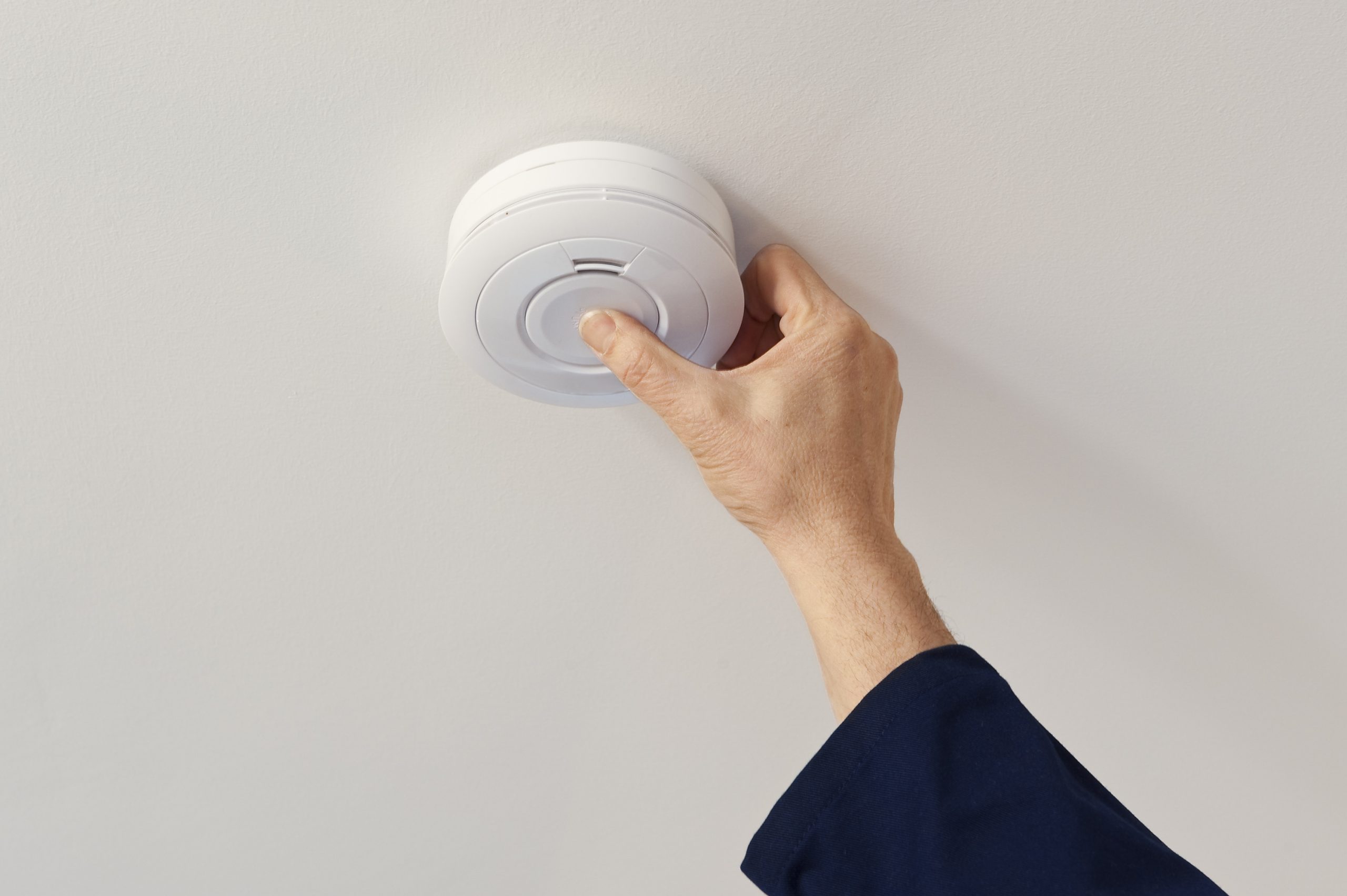

Articles
What Does The Button On A Smoke Detector Do?
Modified: October 22, 2024
Discover the purpose of the button on a smoke detector and learn how it contributes to fire safety. Read our informative articles on this topic.
(Many of the links in this article redirect to a specific reviewed product. Your purchase of these products through affiliate links helps to generate commission for Storables.com, at no extra cost. Learn more)
Introduction
Welcome to the world of smoke detectors! These small but mighty devices play a crucial role in keeping us safe from the dangers of fire. Installed in homes, offices, and public spaces, smoke detectors act as early warning systems, giving us precious time to evacuate and seek help in the event of a fire. As you may have noticed, most smoke detectors have a button on them, but have you ever wondered what that button does? In this article, we will explore the function and importance of the button on a smoke detector.
Before we dive into the specifics of the button, let’s take a moment to acknowledge the significance of smoke detectors in our lives. According to the National Fire Protection Association (NFPA), smoke detectors reduce the risk of dying in a reported home fire by about 50%. These devices act as our silent guardians, constantly monitoring the air for signs of smoke and sounding an alarm to alert us of potential danger.
Smoke detectors are typically composed of a few key components, including a smoke sensing element, a power source, a loud alarm, and, of course, the button we are here to discuss. Understanding these components will help us better appreciate the role of the button on a smoke detector.
The purpose of the button on a smoke detector may vary depending on the model and manufacturer. However, its primary function is to provide additional functionality for testing and maintenance purposes. By pressing the button, users can conduct various operations such as testing the alarm sound, checking the battery power, and silencing false alarms.
Now that we have a foundational understanding of the importance of smoke detectors and the role of their buttons, let’s explore the common functions that these buttons serve in more detail. Understanding how to properly utilize the button on a smoke detector can ensure its effectiveness in protecting lives and property.
Key Takeaways:
- Regularly testing and maintaining smoke detectors, including using the button for alarm testing and battery checks, ensures their effectiveness in providing early warnings of fire hazards and protecting lives and property.
- Understanding the functions of the button on a smoke detector empowers users to take proactive steps in ensuring the devices remain in optimal condition, contributing to a safer living and working environment for themselves and their loved ones.
Read more: What Does The AC Button Do In A Car
Importance of Smoke Detectors
Smoke detectors are essential devices that can mean the difference between life and death in the event of a fire. They are designed to detect the presence of smoke and emit a loud, piercing alarm to alert occupants of a potential fire. Here are some key reasons why smoke detectors are of vital importance:
- Early Warning System: Smoke detectors act as early warning systems, giving occupants valuable time to escape before the fire spreads or smoke becomes overwhelming. This early detection can mean the difference between a successful evacuation and potential tragedy.
- 24/7 Monitoring: Smoke detectors are operational around the clock, providing constant surveillance and protection. They are always on the lookout for signs of smoke, even when we are sleeping or away from home.
- Detects Smoke, Not Fire: Smoke detectors are designed to detect the presence of smoke, not the actual flames. This is important because in many cases, it is the smoke that poses the greatest threat, as it can cause serious health issues and disorient occupants.
- Early Detection Saves Lives and Property: By alerting occupants at the earliest stages of a fire, smoke detectors help prevent injuries and fatalities. They also play a crucial role in minimizing property damage by allowing firefighters to respond quickly and extinguish the fire before it spreads.
- Compliance with Safety Regulations: Smoke detectors are often required by law in residential and commercial buildings. Compliance with these regulations ensures the safety and well-being of occupants, while also avoiding potential legal consequences.
- Peace of Mind: Having functional smoke detectors installed in our homes and workplaces provides us with a sense of security and peace of mind. Knowing that we have a reliable device actively monitoring our surroundings allows us to sleep better at night and go about our daily lives with confidence.
It is important to note that smoke detectors are not infallible. Regular testing and maintenance are crucial to ensure their proper functioning. This brings us to the next section, where we will explore the components of a smoke detector and how the button plays a role in their maintenance and testing process.
Components of a Smoke Detector
To fully understand the function of the button on a smoke detector, it’s essential to grasp the different components that make up this life-saving device. Here are the main components you’ll find in most smoke detectors:
- Smoke Sensing Element: This is the heart of the smoke detector. It can be either an ionization chamber or a photoelectric sensor. Ionization smoke detectors use a small amount of radioactive material to detect changes in air ionization caused by smoke particles. Photoelectric smoke detectors use a light source and a photocell to detect smoke by the scattering of light.
- Power Source: Smoke detectors typically have a battery or are hardwired into the electrical system of the building. Battery-operated smoke detectors are commonly found in residential settings, while hardwired smoke detectors are more common in commercial buildings.
- Loud Alarm: The loud alarm is triggered when the smoke detector detects smoke. It alerts occupants to the potential fire and prompts them to evacuate the premises immediately.
- Button: Now, let’s focus on the star of this article – the button on the smoke detector. This button is usually located on the front or side of the device and plays a crucial role in the testing and maintenance of the smoke detector.
The button allows users to interact with the smoke detector and carry out various functions. While the specific functions may vary depending on the manufacturer and model, the button typically enables users to test the alarm sound, check the battery power, and silence false alarms.
Understanding the purpose and functions of the button is essential for ensuring the smoke detector’s effectiveness. In the next section, we will explore the specific functions that the button on a smoke detector typically serves.
The Purpose of the Button on a Smoke Detector
Have you ever wondered why smoke detectors have a button on them? This seemingly simple feature actually serves an important purpose. The button on a smoke detector allows users to perform various testing and maintenance functions. Let’s explore some of the common functions that the button serves:
- Alarm Testing: One of the primary functions of the button is to test the alarm sound. By pressing the button, users can verify that the smoke detector is in proper working condition and that the alarm is loud enough to alert occupants in the event of a fire. Regular testing, typically recommended once a month, ensures that the smoke detector is functioning as intended.
- Battery Check: Another important function of the button is to check the battery power of the smoke detector. By pressing the button, users can determine if the battery needs to be replaced. This is crucial because a smoke detector is only effective if it has a reliable power source. It is recommended to check the battery status regularly, ideally once a month, and replace batteries as needed.
- Silencing False Alarms: Smoke detectors are designed to be highly sensitive to smoke particles. However, they can sometimes be triggered by non-fire-related events such as cooking smoke or steam from a shower. In such cases, the button can be pressed to silence the alarm temporarily. This feature prevents unnecessary panic or disturbance while allowing occupants to address the situation causing the false alarm.
- Emergency Situations: In some smoke detectors, the button may have additional functions designed for emergency situations, such as calling for help or alerting a monitoring service. These advanced features enhance the functionality of the smoke detector and provide added safety measures.
It’s worth noting that the specific functions of the button may vary depending on the manufacturer and model of the smoke detector. It’s important for users to refer to the manufacturer’s instructions to understand the specific capabilities of their smoke detectors and the proper way to use the button.
Now that we have explored the purpose and functions of the button on a smoke detector, let’s delve into the importance of regularly testing and maintaining these devices to ensure their effectiveness.
Pressing the button on a smoke detector tests the alarm to ensure it is working properly. It is important to test your smoke detector regularly to ensure it will function in the event of a fire.
Common Functions of the Button
The button on a smoke detector serves several important functions that are crucial for the proper testing and maintenance of the device. These functions vary depending on the specific make and model of the smoke detector, but here are some common functions that you may encounter:
- Alarm Testing: Pressing the button allows you to test the alarm sound of the smoke detector. This helps ensure that the device is in working order and that the alarm is loud enough to alert occupants in the event of a fire. Regular testing, typically recommended once a month, ensures that the smoke detector is functioning correctly and provides peace of mind that it will effectively detect and warn in the event of a fire.
- Battery Check: Many smoke detectors have a battery-powered option, and the button can be used to check the battery power. By pressing the button, you can determine if the battery needs to be replaced. It is essential to keep the battery fully charged or replace it when necessary to ensure that the smoke detector remains operational at all times.
- Silence False Alarms: In the case of a false alarm, pressing the button on the smoke detector can silence the alarm temporarily. False alarms can occur due to cooking smoke, steam, or other non-fire-related factors. Silencing the alarm allows you to address the situation causing the false alarm without causing unnecessary panic or disturbance.
- Emergency Alerts: Some advanced smoke detectors have additional functionality through the button, such as the ability to trigger emergency alerts. These alerts can include notifying a monitoring service or calling emergency services directly. These features further enhance the level of safety and protection provided by the smoke detector. It is important to familiarize yourself with the specific capabilities of your smoke detector and how to access these emergency functions.
- Troubleshooting: Depending on the model, pressing the button may help troubleshoot any issues with the smoke detector. For example, some smoke detectors have LED lights that flash or change color when the button is pressed, indicating specific conditions or errors. Consulting the user manual can provide valuable guidance on how to interpret these signals and address any potential problems.
It’s important to note that while the button serves various functions, regular testing, and maintenance go beyond simply pressing the button. It is recommended to follow the manufacturer’s guidelines for proper care, inspections, and replacing smoke detectors according to their lifespan, which is typically around 10 years.
By understanding and utilizing the common functions of the button on a smoke detector, you can ensure the device remains in optimal condition, providing the highest level of safety for you and your loved ones.
Read more: What Do 2 Beeps On A Smoke Detector Mean?
Testing and Maintenance of Smoke Detectors
Regular testing and maintenance are essential for ensuring the proper functioning of smoke detectors. While the button on a smoke detector plays a significant role in the testing process, there are other important steps to take to keep these devices in optimal condition. Here are some guidelines for testing and maintaining your smoke detectors:
- Testing the Alarm: Press the button on your smoke detector to test the alarm sound at least once a month. Make sure the alarm is loud and can be heard clearly in all areas of your home or building. If you have interconnected smoke detectors, triggering the test button on one detector should activate the alarm sound on all interconnected units.
- Battery Replacement: If your smoke detector is battery-powered, it’s crucial to regularly check and replace the batteries. Many smoke detectors emit a low battery warning chirp, but it’s best not to rely solely on this indicator. Instead, replace the batteries at least once a year or as recommended by the manufacturer. Consider using long-lasting lithium batteries, which are less likely to experience power depletion over time.
- Clean and Dust: Keep your smoke detectors clean and free from dust or debris, as this can affect their performance. Use a soft brush attachment on a vacuum cleaner to gently remove dust from the openings and vents of the smoke detector. Avoid using water or cleaning solutions, as they can damage the device.
- Inspect for Damage: Regularly inspect your smoke detectors for any signs of damage or wear. Look for cracks, loose wiring, or other visible issues. If you notice any damage, replace the smoke detector immediately to ensure it continues to function properly.
- Follow Manufacturer’s Instructions: It’s essential to read and follow the manufacturer’s instructions specific to your smoke detector model. The instructions will provide guidance on testing, maintenance, and recommended replacement intervals. Different models may have unique requirements or features, so it’s important to familiarize yourself with the instructions to ensure you’re properly caring for your smoke detectors.
Remember that smoke detectors have a limited lifespan, typically around 10 years, after which they should be replaced. Check the expiration date on the back of the smoke detector or refer to the manufacturer’s instructions. Keeping track of the installation dates or having a reminder system can help ensure timely replacements.
Lastly, it’s important to note that while smoke detectors are essential for fire safety, they are not a foolproof solution. They serve as an early warning system, but it’s crucial to have an evacuation plan in place and to practice fire drills regularly with your household or colleagues. Preparedness and quick action are key in any emergency situation.
By regularly testing and maintaining your smoke detectors, you can have confidence in their effectiveness and enhance the safety of your home or workplace.
Conclusion
Smoke detectors are indispensable devices that safeguard lives and property by alerting occupants to the presence of smoke and potential fire. The button on a smoke detector plays a vital role in the proper functioning, testing, and maintenance of these life-saving devices. By understanding the purpose and functions of the button, we can ensure that our smoke detectors are in optimal condition and ready to protect us in times of need.
Through the button, we can test the alarm sound, checking that it is loud and audible in all areas of our homes or buildings. This regular testing helps to ensure that the detection system is functioning correctly, providing us with early warnings of fire hazards.
The button also allows us to check the battery power of the smoke detector, ensuring that it remains active and operational. With regular battery checks and replacements, we can maintain reliable power sources for our smoke detectors, enhancing their effectiveness in detecting smoke and issuing timely alerts.
Additionally, the button can be used to silence false alarms caused by non-fire-related factors, preventing unnecessary panic and disturbance while still ensuring a high level of safety. Some advanced smoke detectors offer emergency functions accessed through the button, providing additional features like notification to monitoring services or emergency services.
To ensure the ongoing effectiveness of our smoke detectors, it is crucial to perform regular testing and maintenance. This includes not only pressing the button for testing but also keeping the detectors clean, inspecting them for any damage, and following the manufacturer’s instructions and recommendations.
By adhering to these practices and regularly monitoring our smoke detectors, we can have confidence in their ability to provide early warning in the event of a fire, allowing us to safely evacuate and mitigate potential damage and loss.
Remember, smoke detectors are not just devices on our ceilings or walls; they are silent guardians, working tirelessly day and night to protect us. Let us show appreciation for these small but mighty devices by taking proactive steps to ensure they remain in optimal condition. Our continued vigilance and commitment to maintaining and testing our smoke detectors contribute to a safer living and working environment for ourselves and our loved ones.
Frequently Asked Questions about What Does The Button On A Smoke Detector Do?
Was this page helpful?
At Storables.com, we guarantee accurate and reliable information. Our content, validated by Expert Board Contributors, is crafted following stringent Editorial Policies. We're committed to providing you with well-researched, expert-backed insights for all your informational needs.
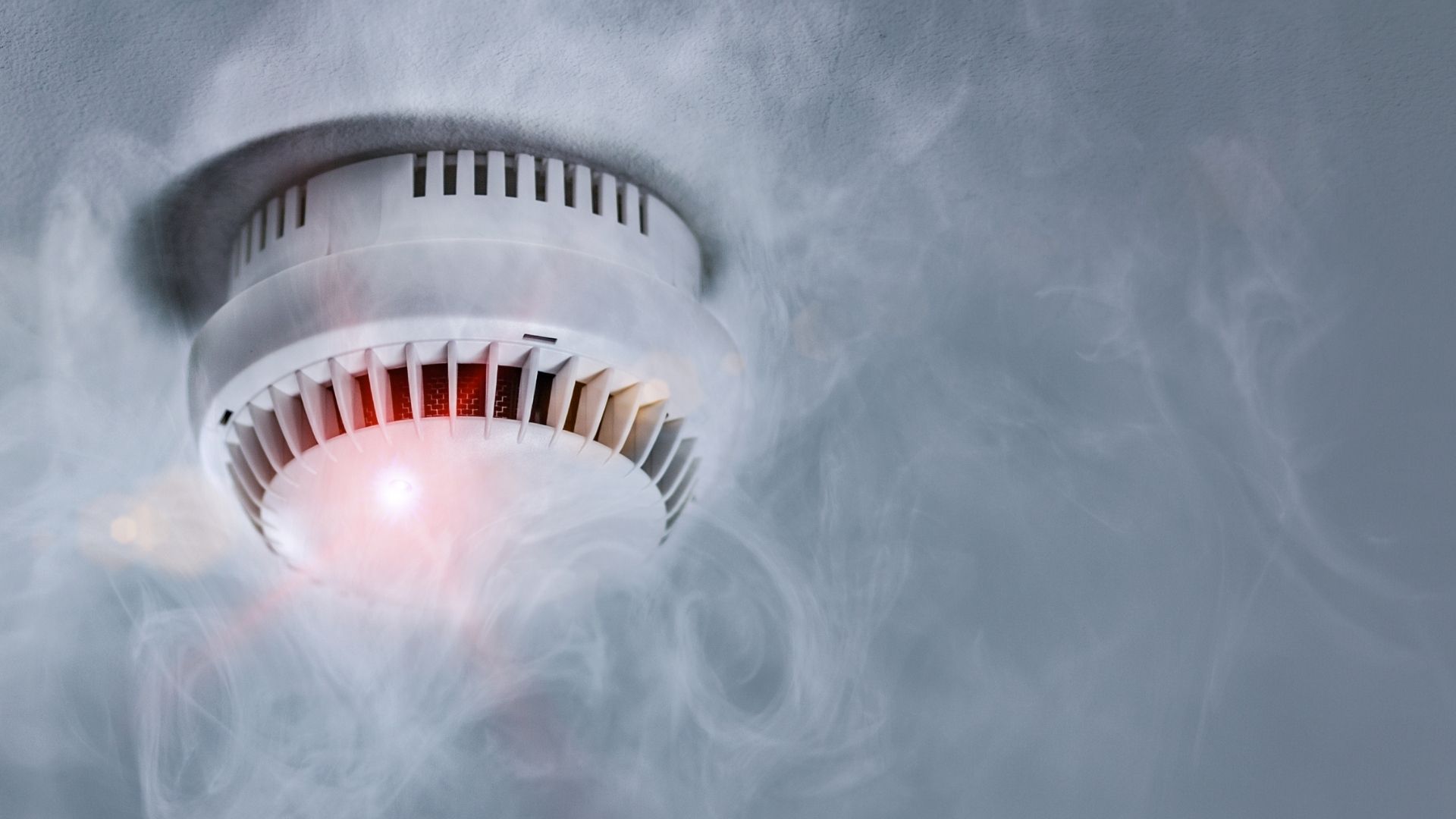
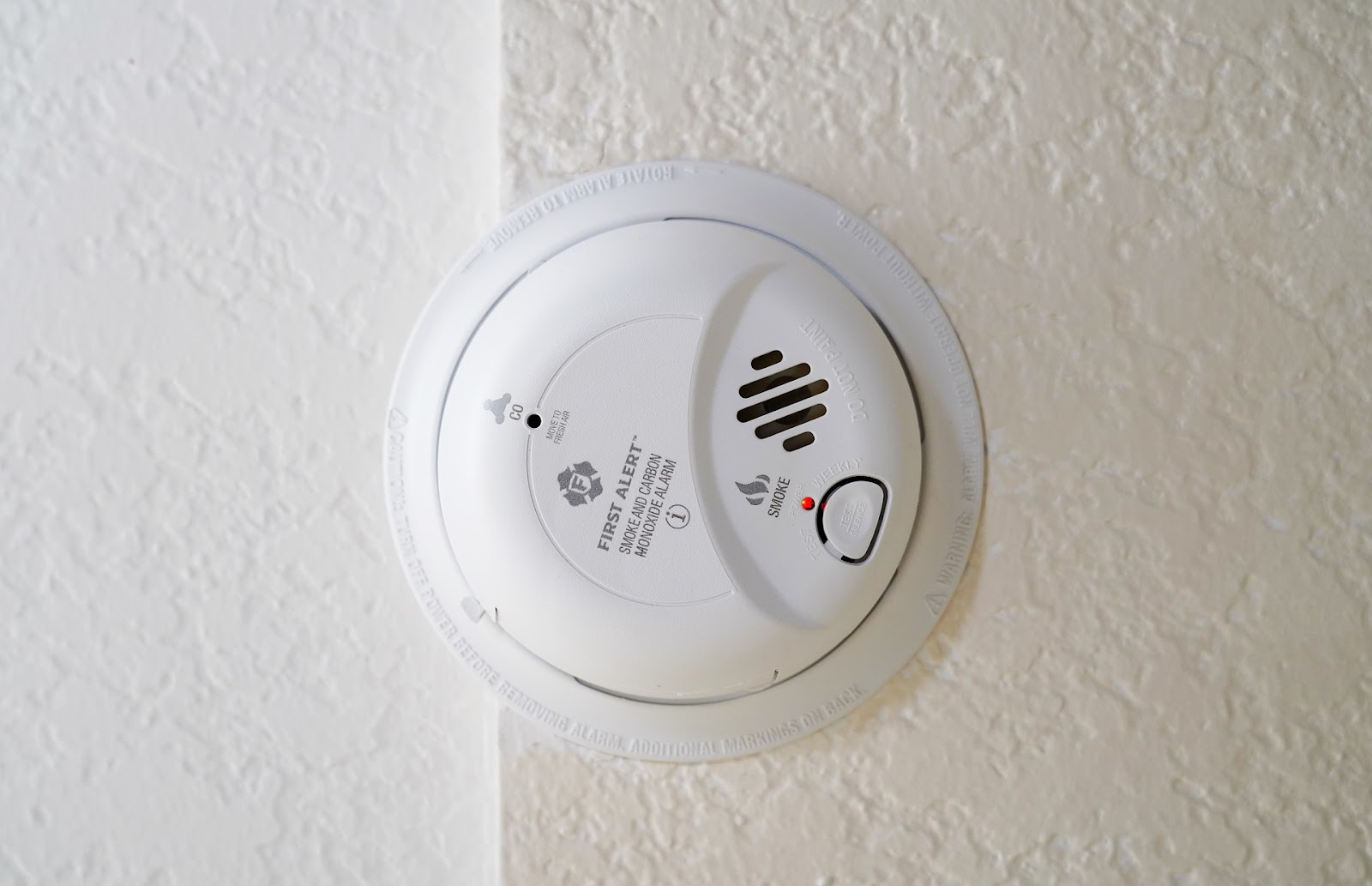
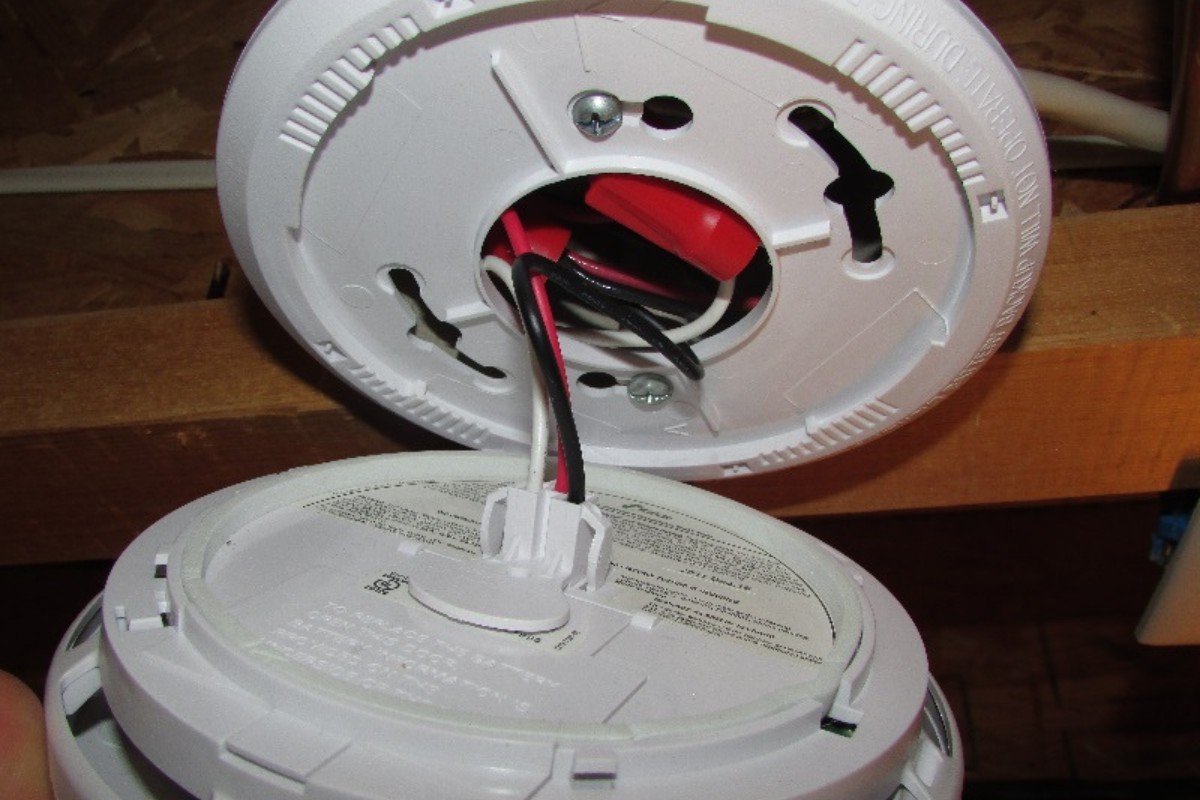
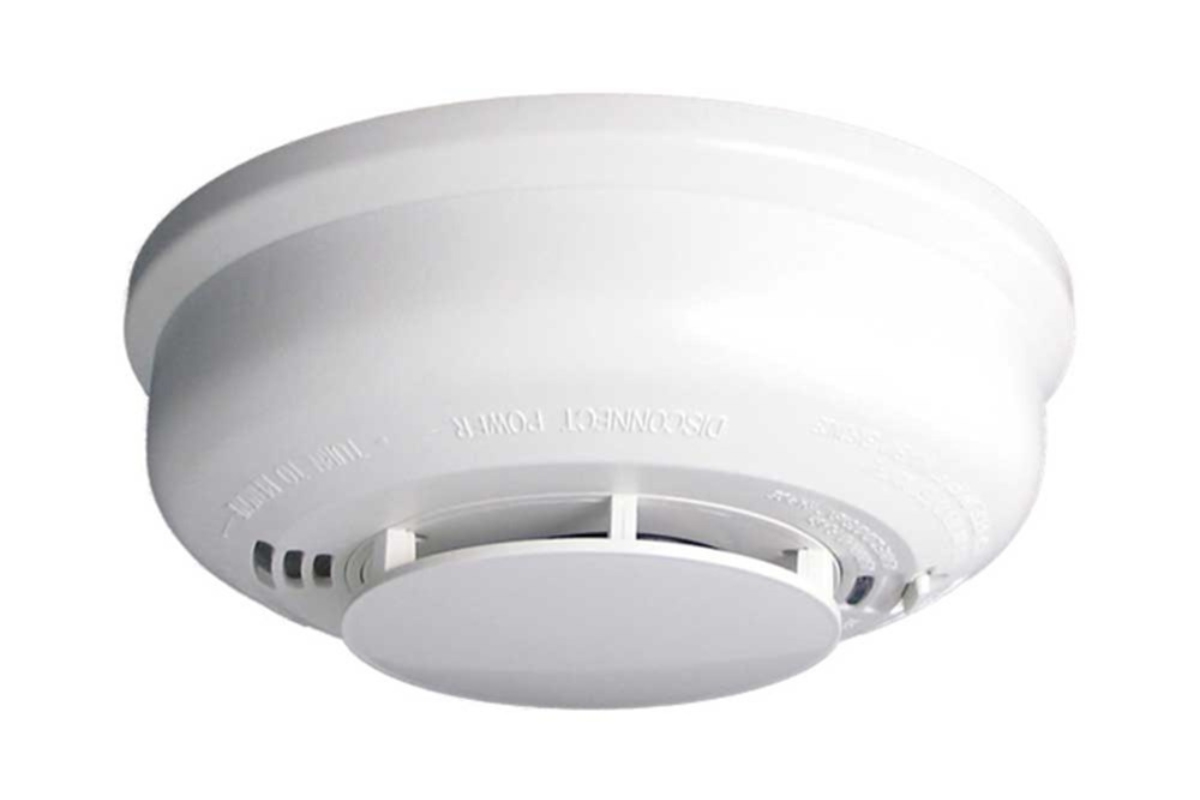
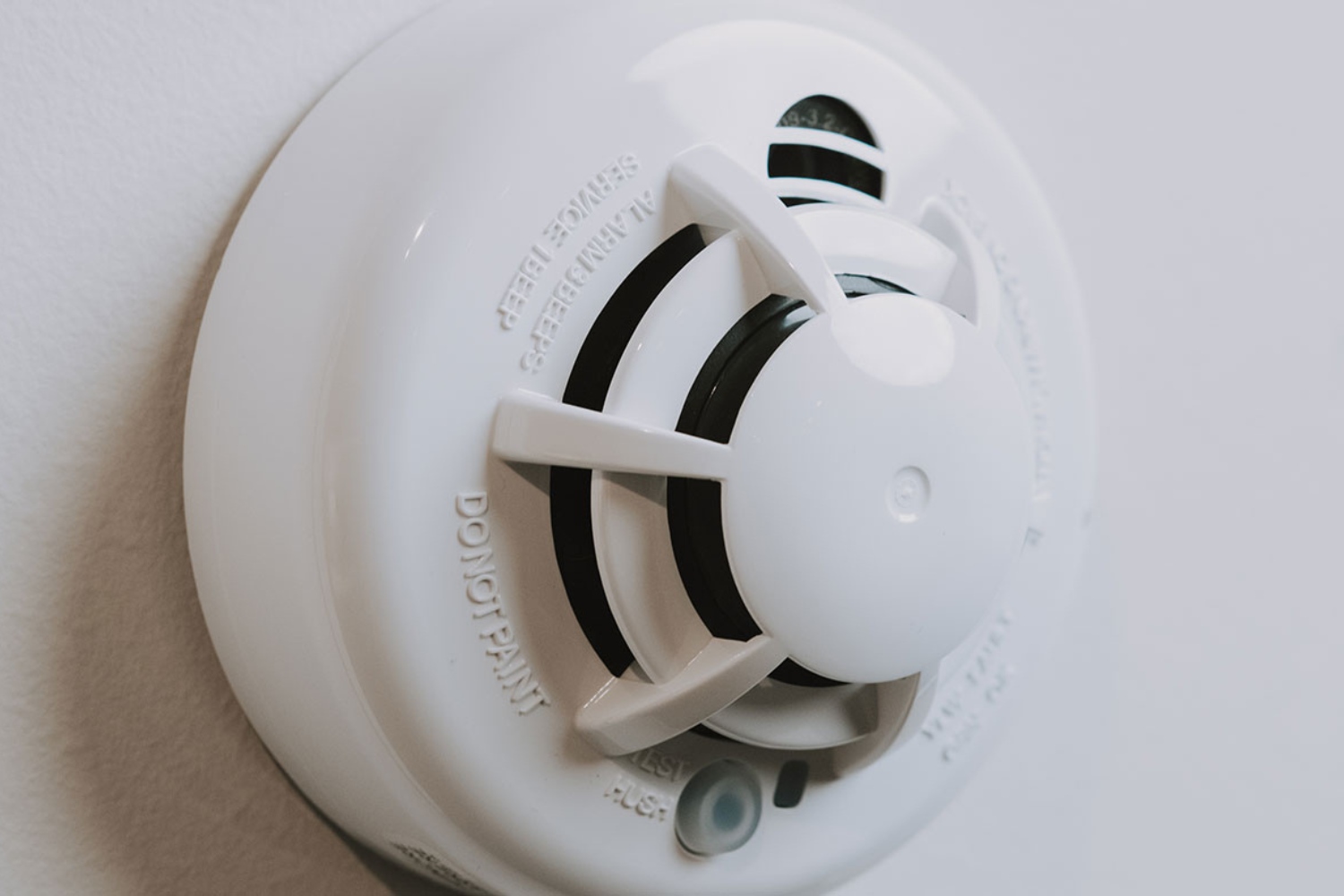
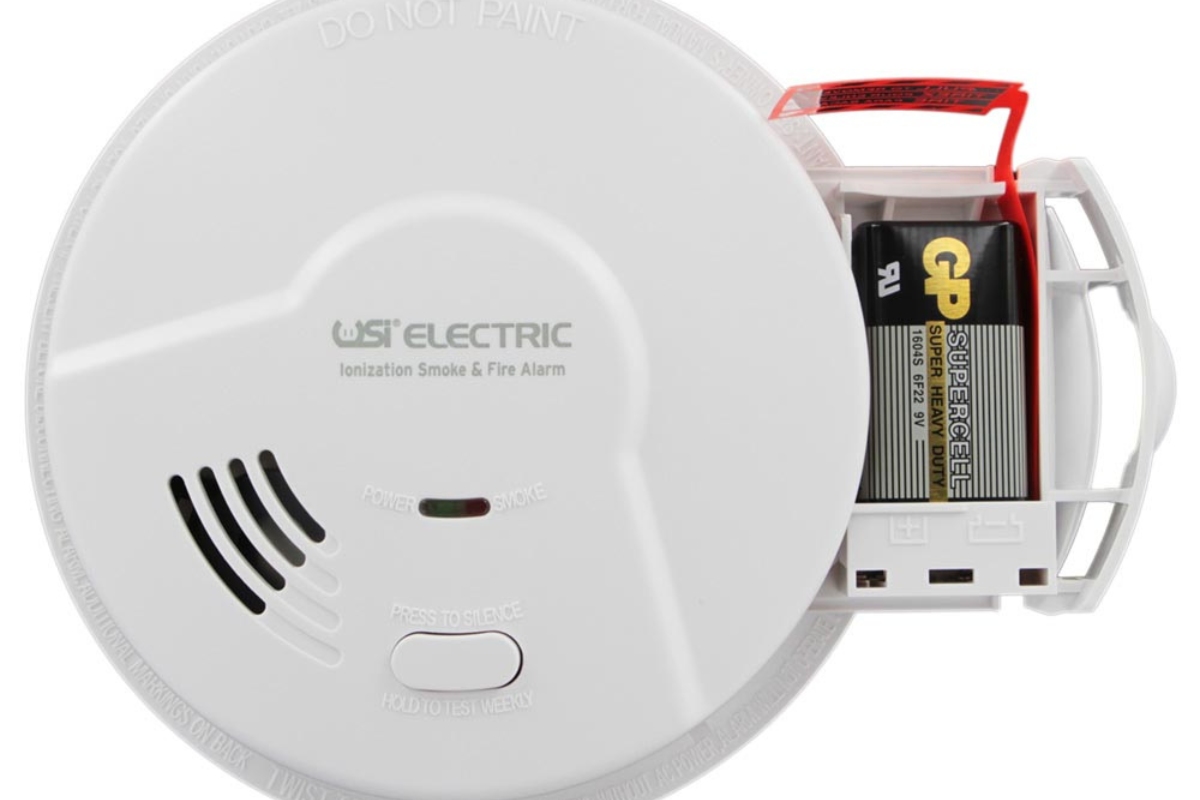

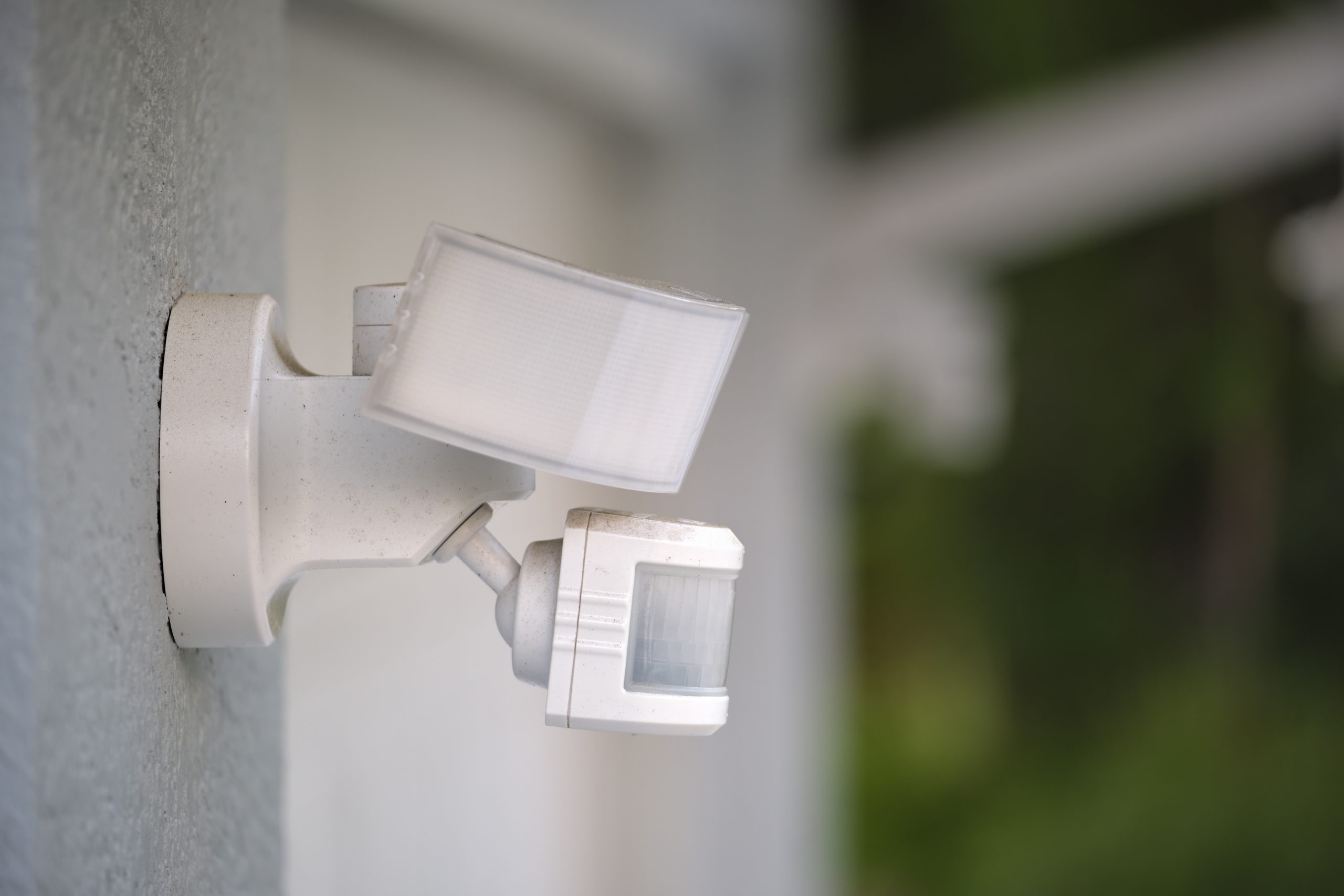
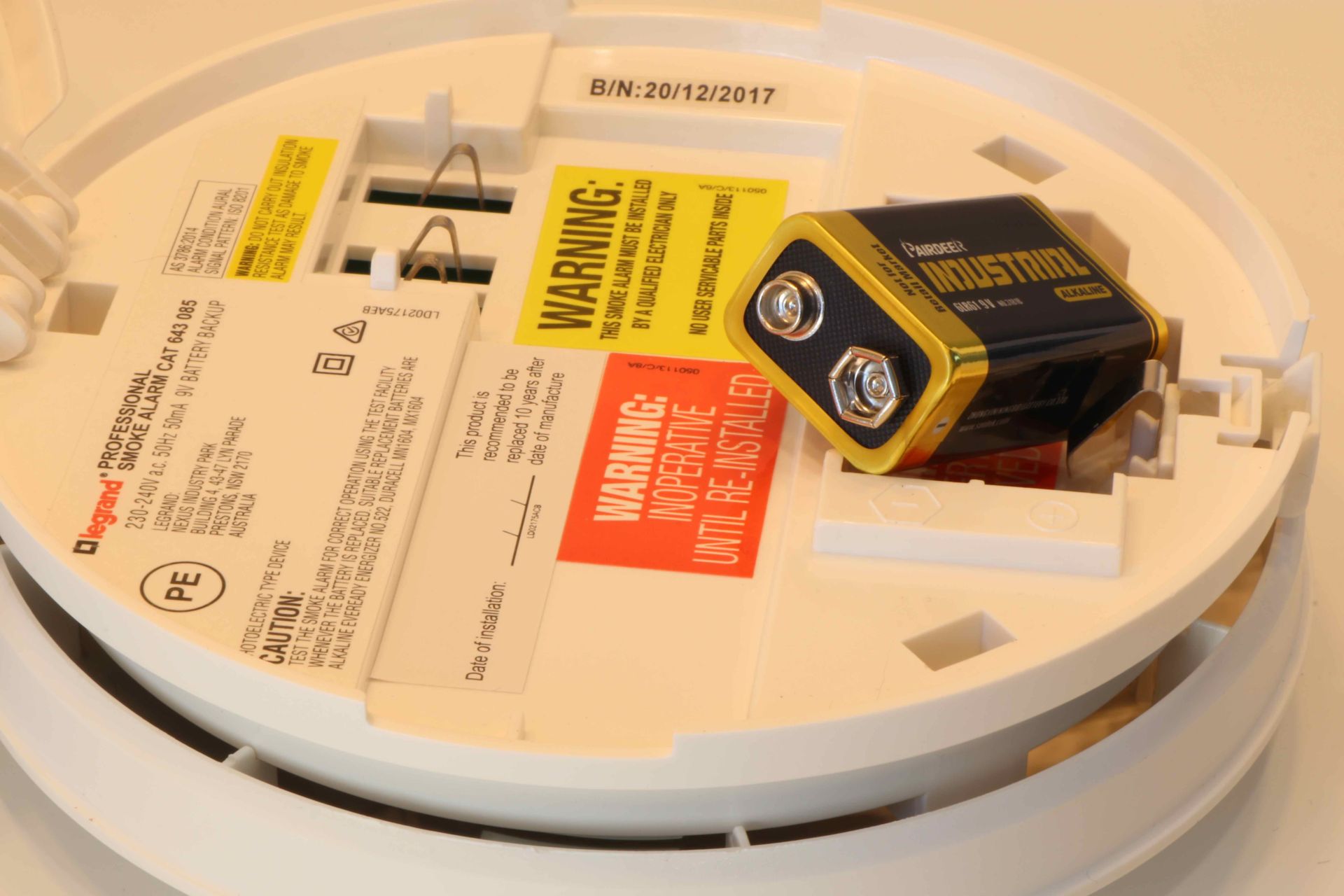
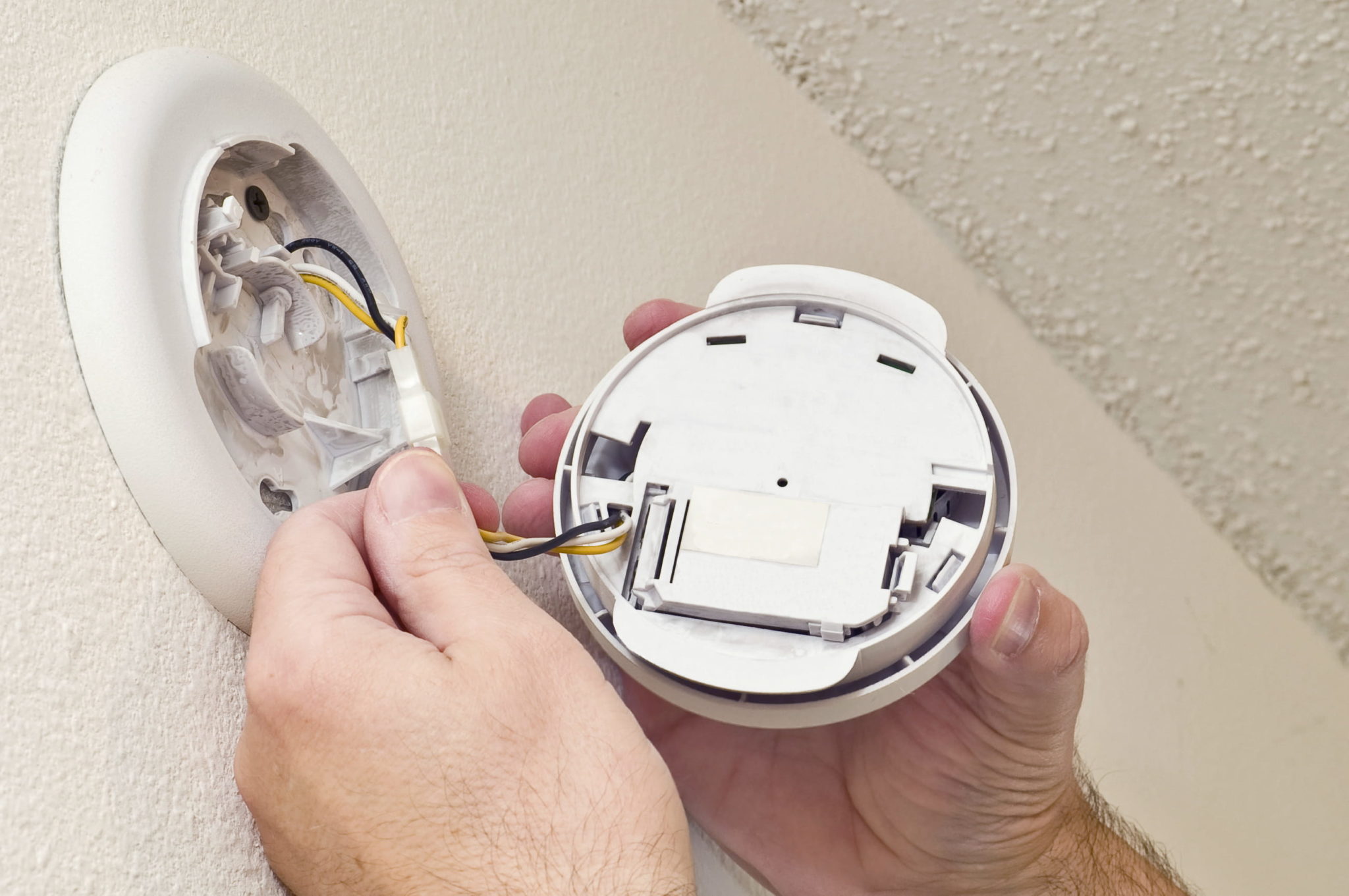
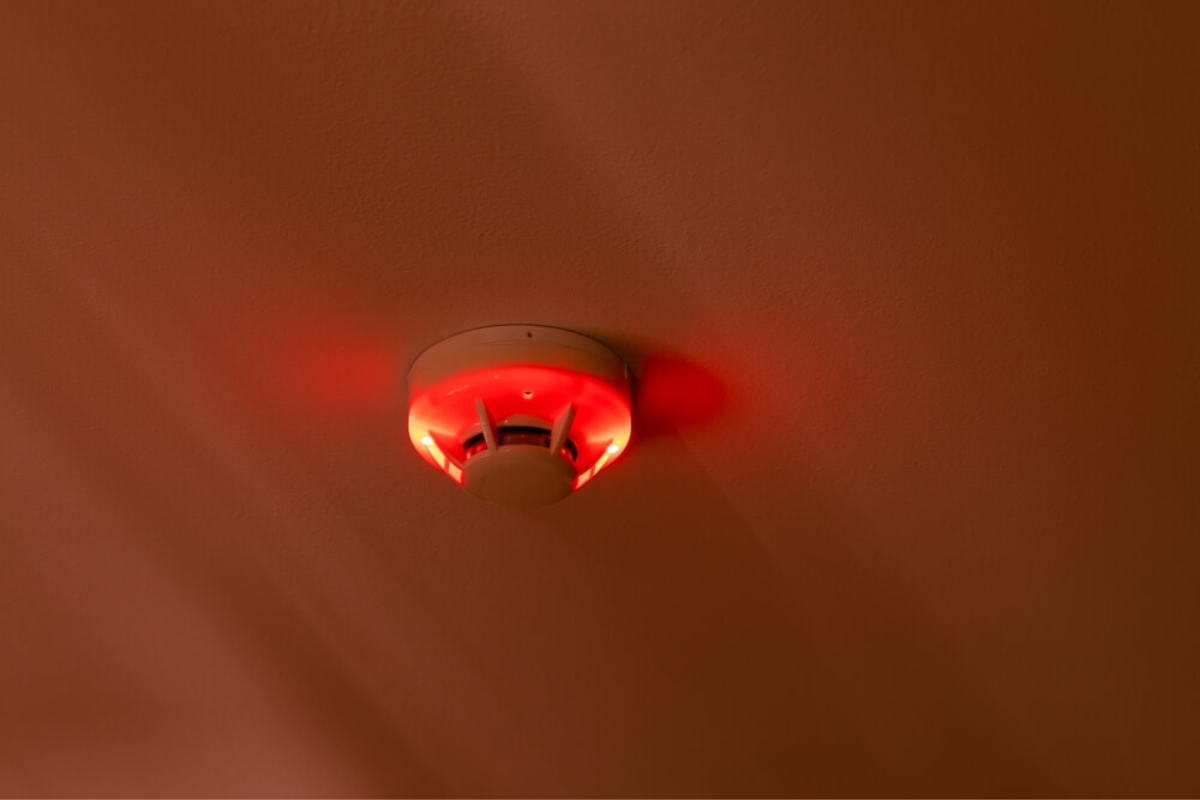
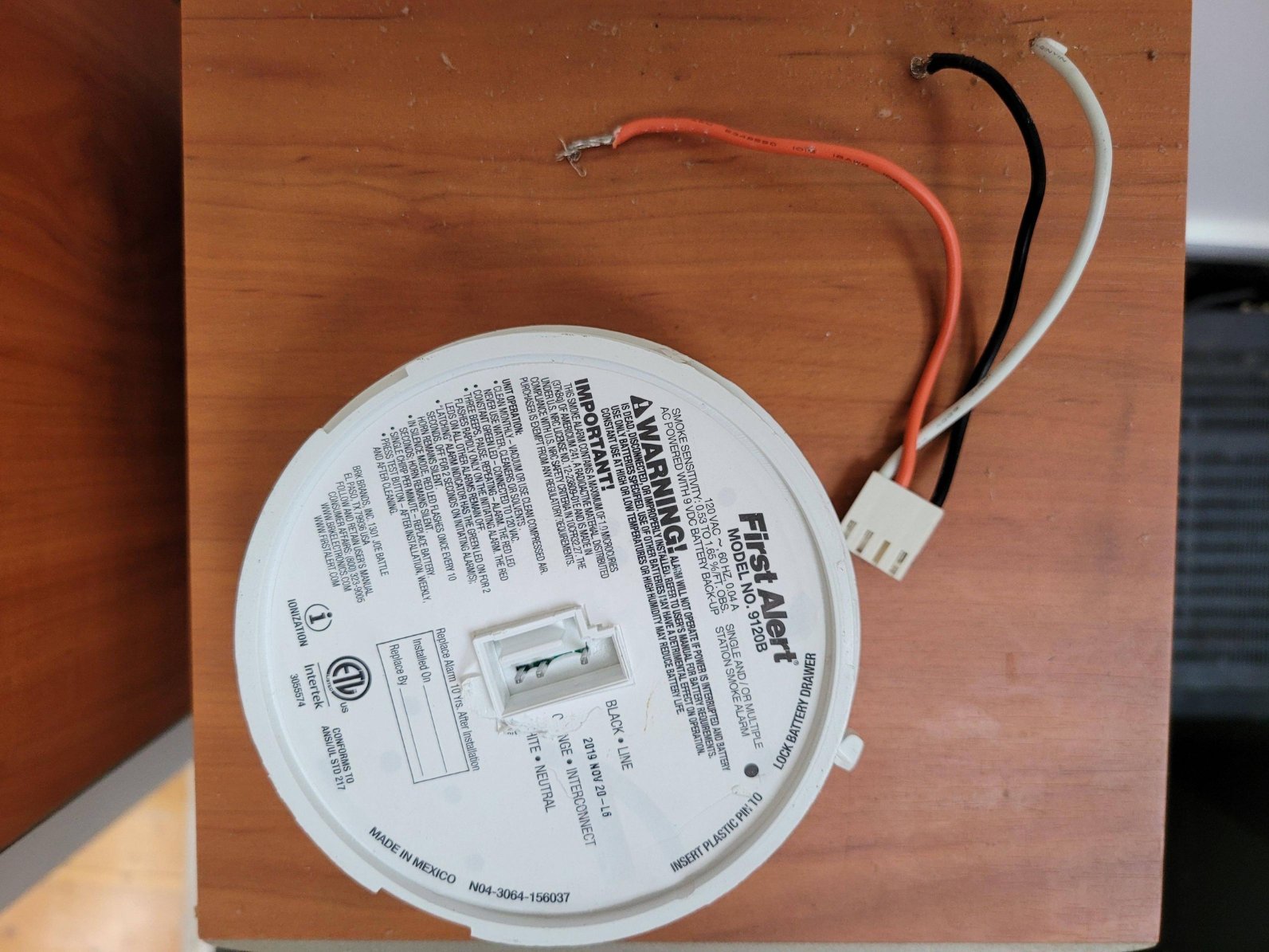

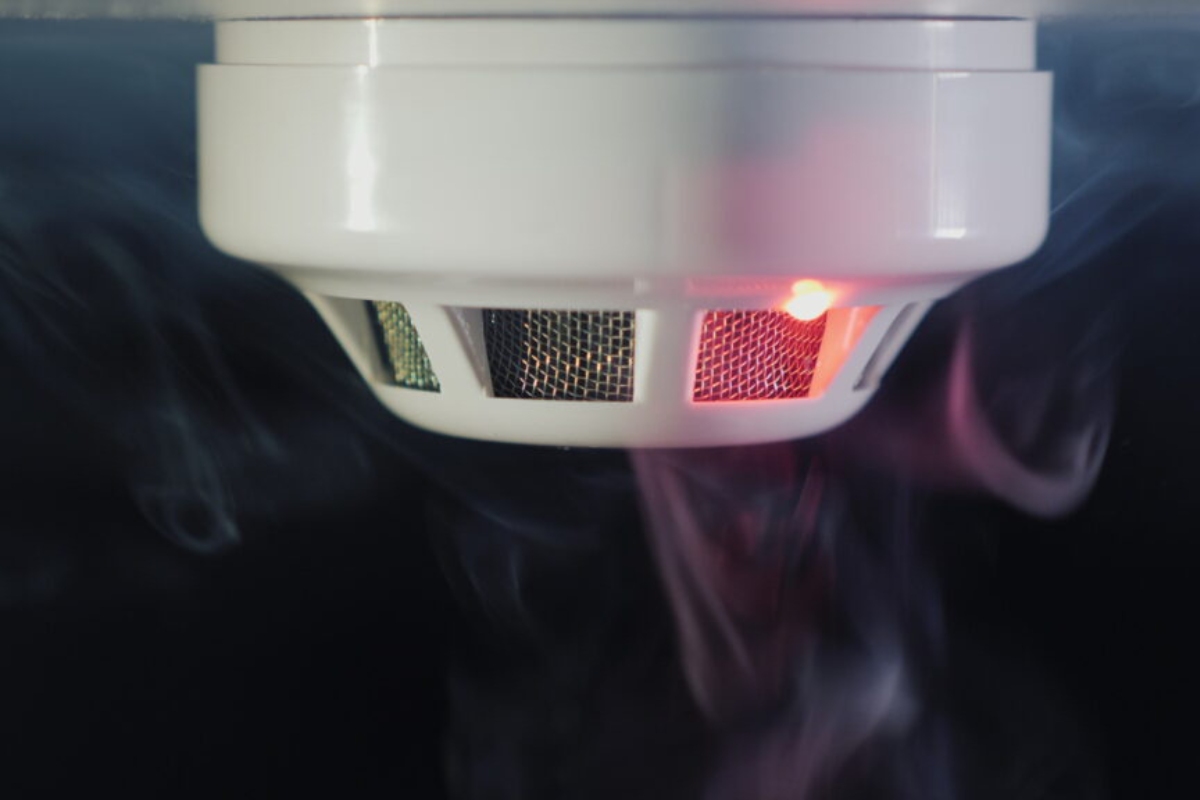

0 thoughts on “What Does The Button On A Smoke Detector Do?”